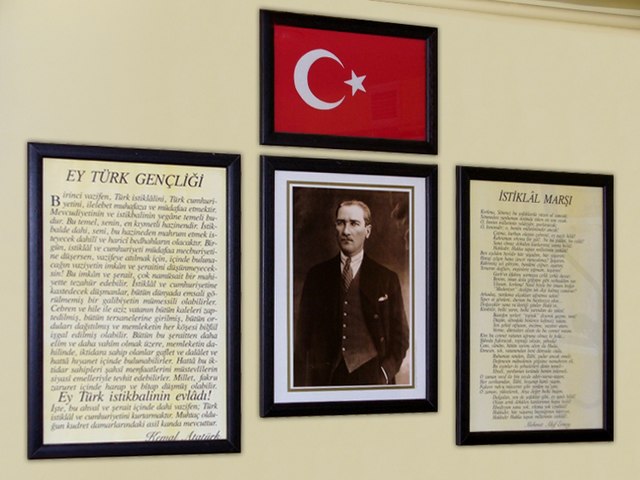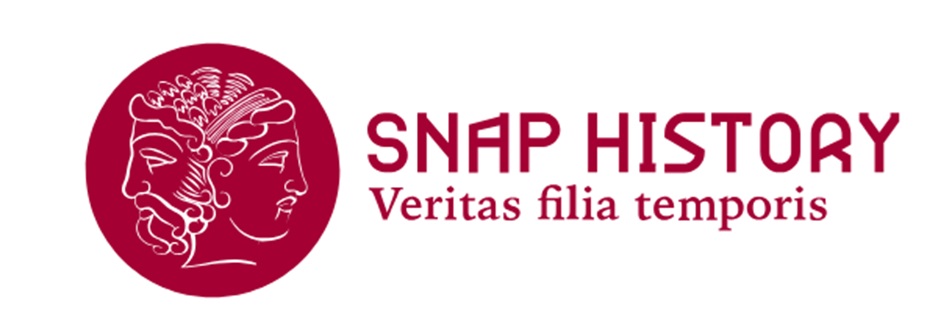A country turned inside out
The upheaval of Turkish society and identity following the birth of the Republic

Image from Commons.wikimedia.org . Ataturk's photo displayed in a classroom along with the flag, a copy of his speech, and the national anthem. A strong personality cult developed around Ataturk that persists in the country to this day. Paradoxically, one of the few elements of continuity with the Ottoman past was the red flag with the white Islamic crescent, which was retained even after the birth of the Republic.
After the Turkish War of Independence, the Republic of Turkey was proclaimed in 1923. The transition from a monarchy to a republic, symbolized by the relocation of the capital from Istanbul to Ankara, was just one of the many upheavals the country underwent in the 1920s and 1930s under the leadership of Mustafa Kemal, nicknamed Ataturk, "Father of Turkey," and his party, the CHP (Republican People's Party). Driven by a nationalist and positivist ideology, they embarked on numerous reforms aimed at secularizing the country, reducing the influence of religion, and making it more similar to Western countries. Secularism was imposed on the state, and the caliphate, an institution previously embodied by the sultan and surviving for nearly two years after the republic's birth, was abolished. Several Tarikats (Islamic brotherhoods) were dissolved, the day of rest was shifted from Friday to Sunday, calendars and measurement units were aligned with Western systems, and Turks were required to adopt surnames, which they had previously lacked. The Turkish language itself was reformed: the script was changed from Arabic to Latin characters, many Arabic and Persian terms were eliminated, and numerous neologisms were introduced.
Symbols and clothing from the past, such as the turban, fez, and women's veil, were attacked. Additionally, women were granted the right to vote, resulting in Turkish women voting decades before their Italian or French counterparts. The nation's history was also rewritten, de-emphasizing the Islamic and Ottoman identity and highlighting the Turks as an original people from the steppes, who had given rise to civilizations like the Sumerian and Hittite, and counted among their national heroes Attila and Genghis Khan instead of Mehmet the Conqueror or Suleiman the Magnificent. The country's foreign policy changed profoundly: Turkey began to lose interest in the Middle East and established strong ties with the Soviet Union (despite not being a socialist country), breaking with two centuries of rivalry and war with Tsarist Russia.
Book: Eric J. Zurcher, Turkey: A Modern History, Bloomsbury Publishing PLC, 2017
2025-10-02
Salvatore Ciccarello
